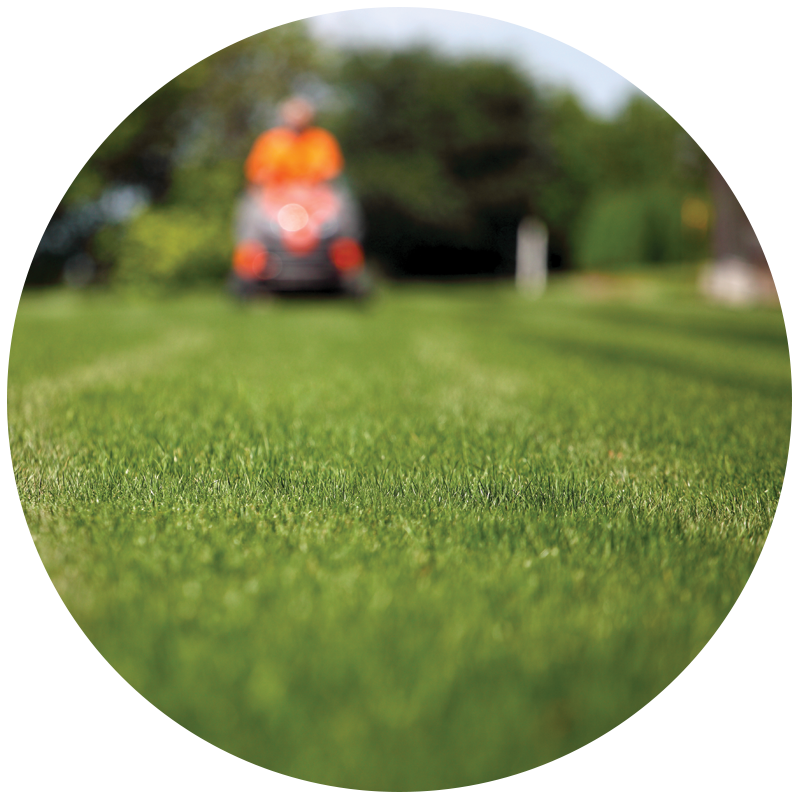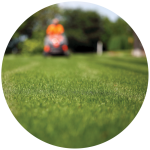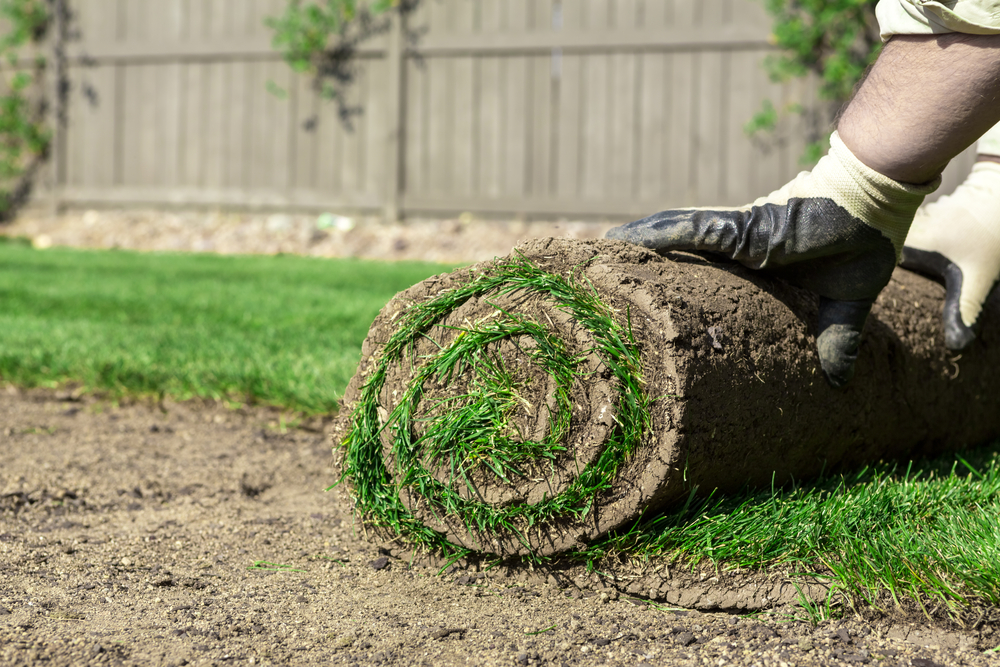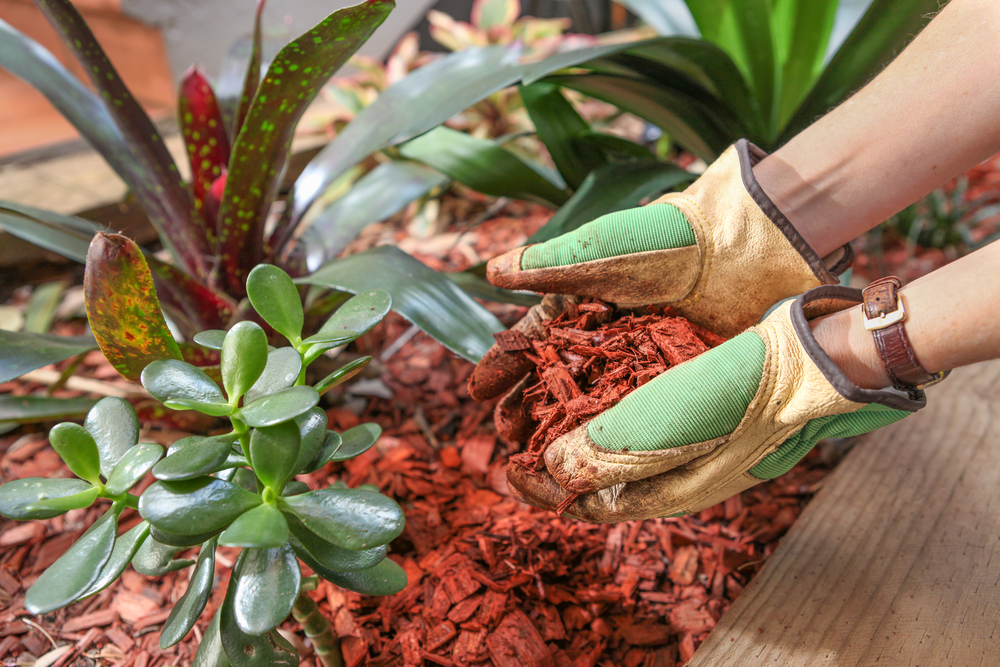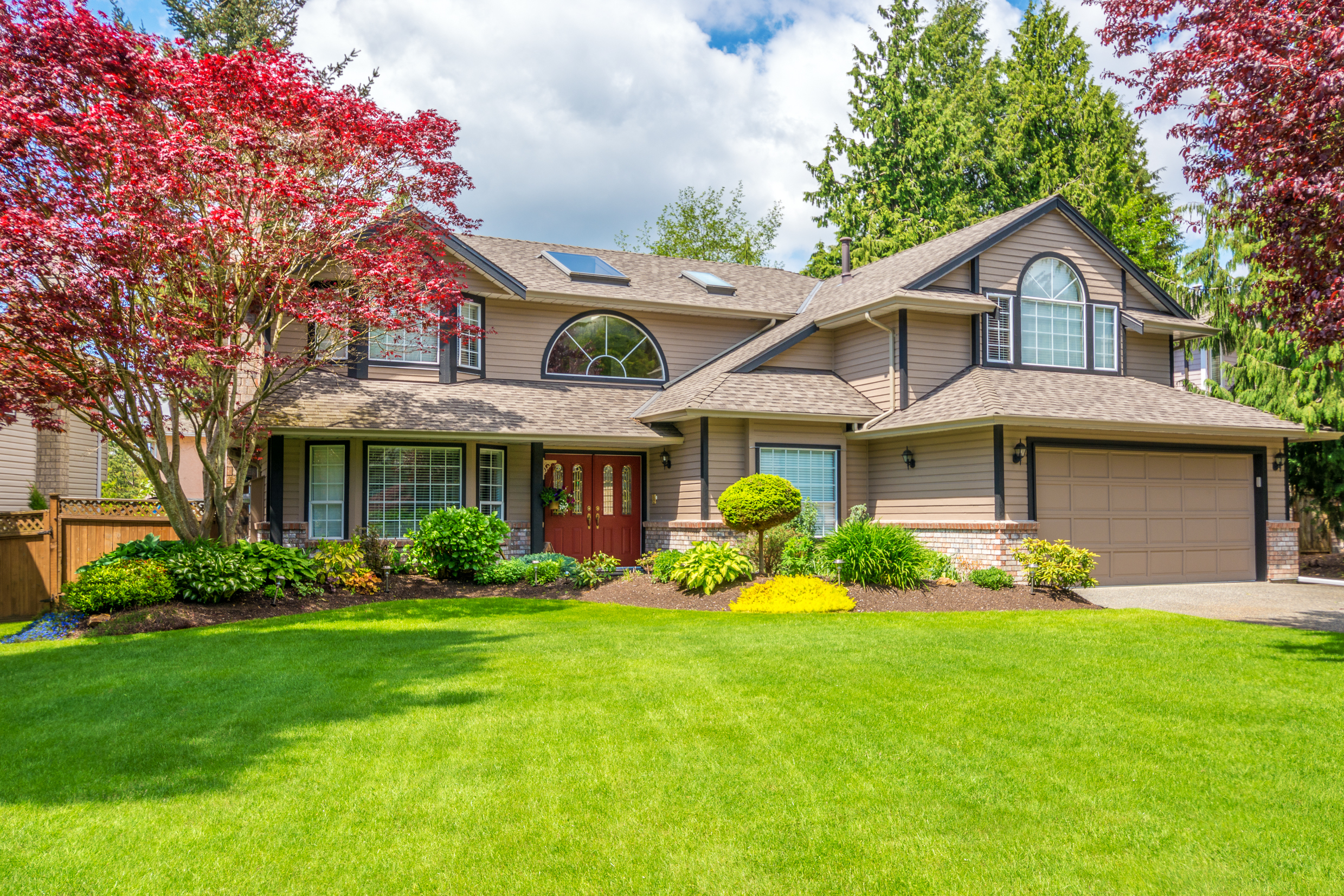If you are like 70% of other homeowner, you likely have suffered from unwanted plants known for popping up in your lawn. Weeds can be unsightly, and a down right pain in the butt for most individuals to get rid of.
Beyond the vain reasons of not wanting weeds to grow in your yard, they can also be detrimental to the healthy growth of turf grass.
Stop the weeds for good and here is how:
Reseeding and Fertilizing
A regularly scheduled program of reseeding and fertilizing your lawn can contribute to your lawn’s overall health, helping it discourage weed growth.
Proper Mowing
Mowing high (generally about 3” high) can help prevent weeds from taking root. Taller grass helps regulate the soil temperature, retain moisture, and shade weed seeds.
Proper Watering
Deep, infrequent waterings (once a week should usually suffice) encourages deep root growth. Weeds tend to have shallower roots, making it hard for them to compete with healthy grass for sun, water, and nutrients.
Hand Pulling
A dreaded task for any homeowner, is actually a quick, effective method of weed removal. This method is best employed with early signs of weed growth, before the spread has gotten out of control. Remember to pull a weed out by the root to ensure its complete removal.
Herbicides
Most commonly available in spray form, herbicides are a popular do-it-yourself removal technique. Just attach the bottle to your hose and apply to your lawn. Always read the instructions carefully before administering herbicide treatments and consider the following factors before purchasing:
- Children and pets must be kept away from the treated areas after applying.
- Herbicides should not be applied on windy days.
- Ensure that the herbicide is safe for use on your lawn. Using the wrong kind of product can do irreparable damage to your grass!
Aeration
Weeds thrive in compacted soil, so regularly aerate your lawn to help decrease their growth.


